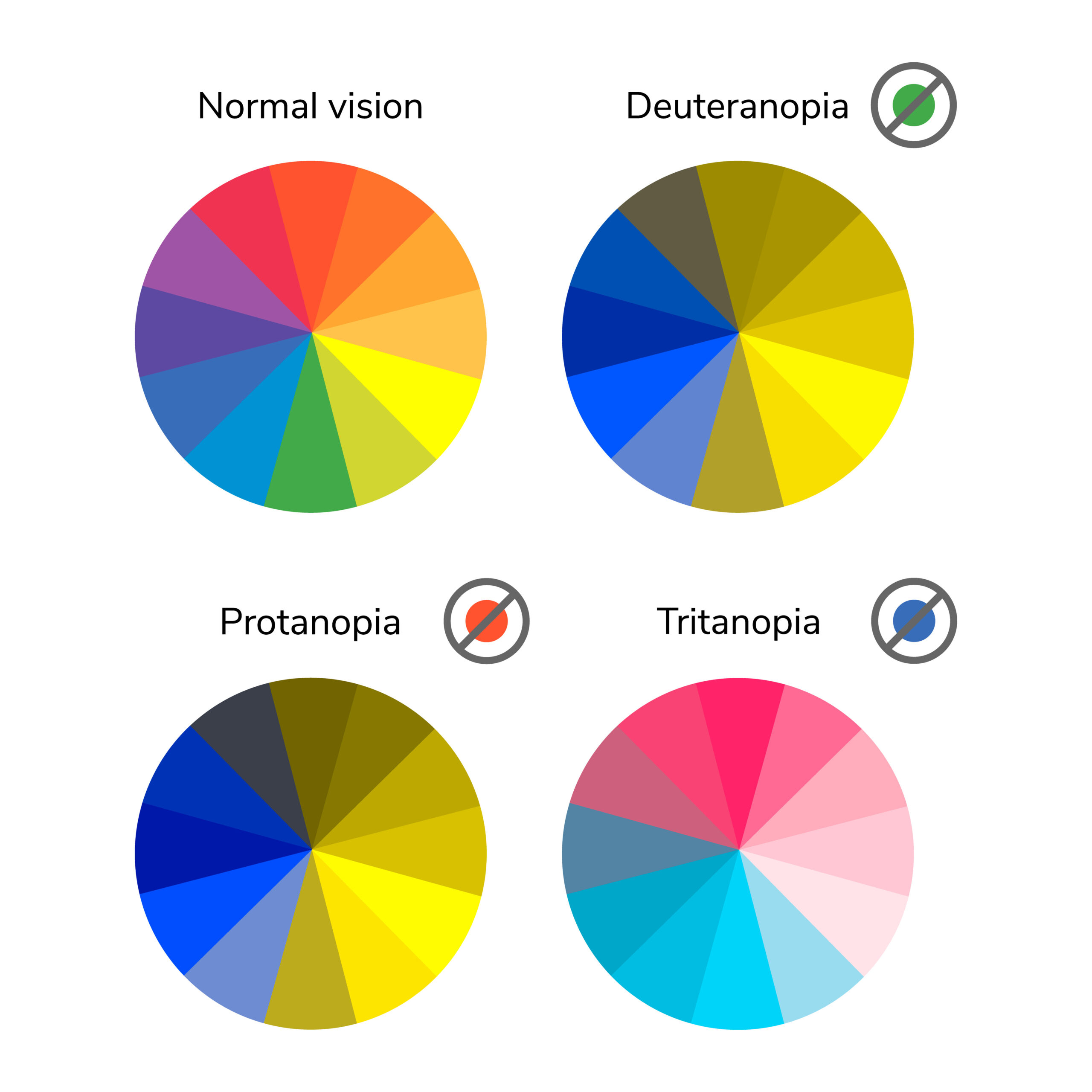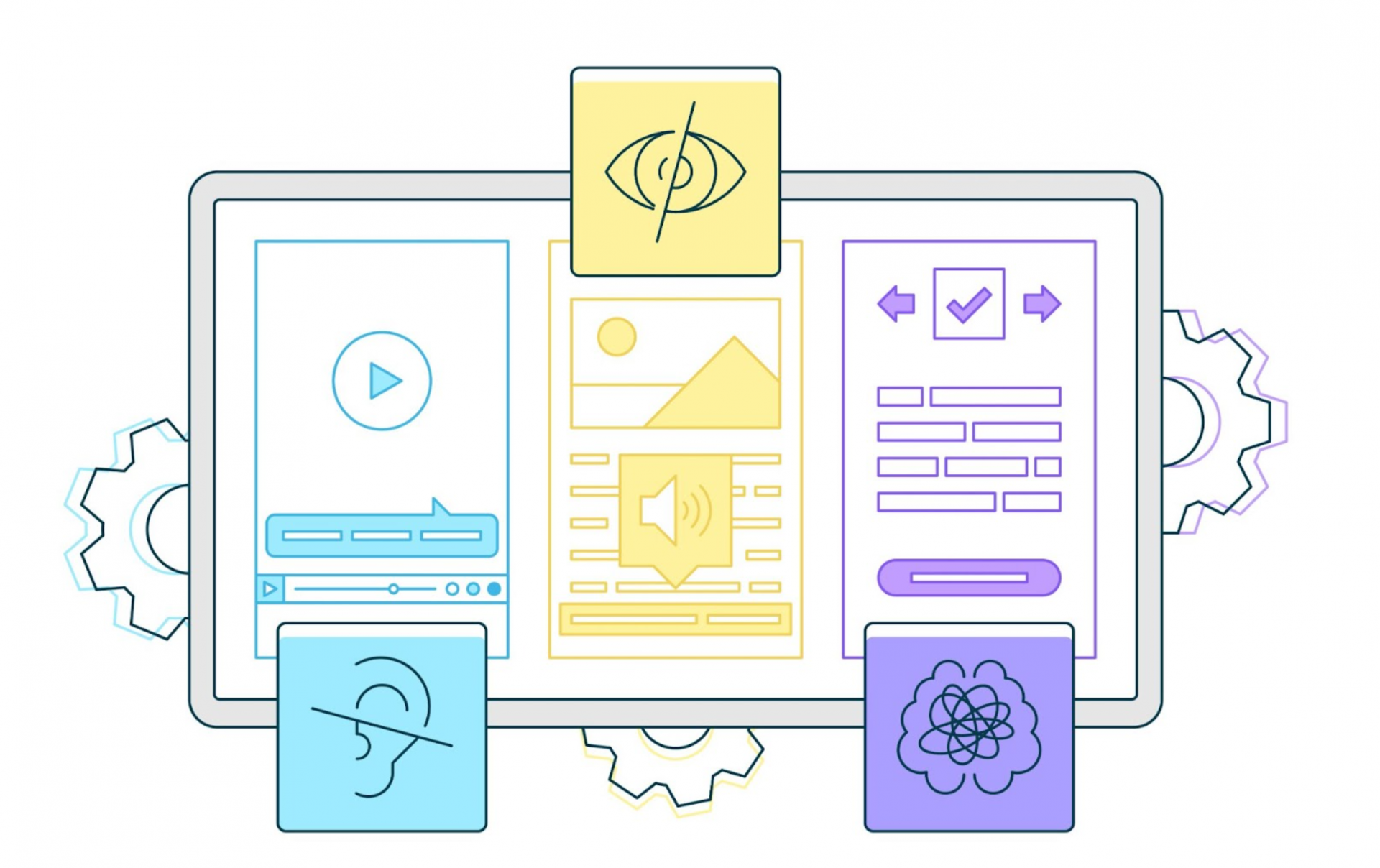In today’s digital age, having an accessible website is more important than ever before. Not only does it allow for a wider audience to access your content, but it also ensures that people with disabilities can easily navigate your site.
As everviz is helping you with data visualizations as part of your web strategy, we will round it off by listing best practices for accessibility in visualizations.
Here are the top 5 benefits of creating an accessible website:
1. Increased reach
Making your website accessible allows people with disabilities to easily navigate and consume your content. This includes people who are visually impaired or hard of hearing, and those with cognitive disabilities or mobility impairments. An accessible website reaches a wider audience and provides equal opportunities for everyone to engage with your content.
2. Improved user experience
An accessible website improves the user experience for all users, not just those with disabilities. This is because accessibility features, such as clear and concise content, easy-to-use navigation, and high contrast design, make your website easier to use and understand. This results in a more positive user experience, which can lead to increased engagement and a higher conversion rate.
3. Better SEO
Accessibility and SEO go hand-in-hand. Many accessibility features, such as descriptive alt text for images and transcripts for videos, also improve your website’s SEO. This is because search engines rely on these elements to understand and index your content. By creating an accessible website, you can improve your SEO and make it easier for people to find your website through search engines.
4. Legal compliance
Creating an accessible website is not only the right thing to do, it’s also the law. In many countries, including the United States, websites are required to be accessible under the Americans with Disabilities Act (ADA) and the Web Content Accessibility Guidelines (WCAG). Failure to comply with these guidelines can result in legal action.
5. Social responsibility
Creating an accessible website is a social responsibility. It demonstrates that your business cares about providing equal opportunities for everyone to access your content. By creating an accessible website, you can make a positive impact on society and contribute to a more inclusive world.
In conclusion, creating an accessible website is essential for businesses and organizations that want to provide equal opportunities for everyone to access their content. It not only improves the user experience and increases reach, but it also improves SEO, ensures legal compliance, and demonstrates social responsibility. By prioritizing accessibility, businesses and organizations can create a more inclusive and equitable online experience for all users.
Accessibility in visualizations
Accessibility in visualizations refers to the ability of people with disabilities, such as visual impairments or cognitive disabilities, to access and understand the information presented in the visualization. Visualizations made with everviz follow all best practices when including visualizations as part of your web strategy.
Support for screen readers
everviz visualizations provide descriptive text of the visual elements in the visualization. This is important for people who use screen readers to access the content.
Color Contrast
everviz allows you to adjust the color contrast of the visualization to ensure that it meets accessibility standards. This is important for people who have visual impairments or color blindness.
Keyboard Navigation
everviz allows you to navigate the visualization using only a keyboard, without the need for a mouse or other pointing device. This is important for people who have mobility impairments.
Clear Text
everviz provides clear and concise text labels and descriptions for all elements in the visualization. This is important for people who have cognitive disabilities or who use screen readers.
Simplify Complex Data
everviz provides options to simplify complex data and provide alternative ways of presenting the information. This is important for people who have difficulty understanding complex information.
Overall, assessing the accessibility of a visualization tool requires a careful evaluation of its features and capabilities. It’s important to prioritize tools that prioritize accessibility and provide features that ensure that all users can access and understand the information presented in the visualization.
Read more about the unique accessibility capabilities of everviz


